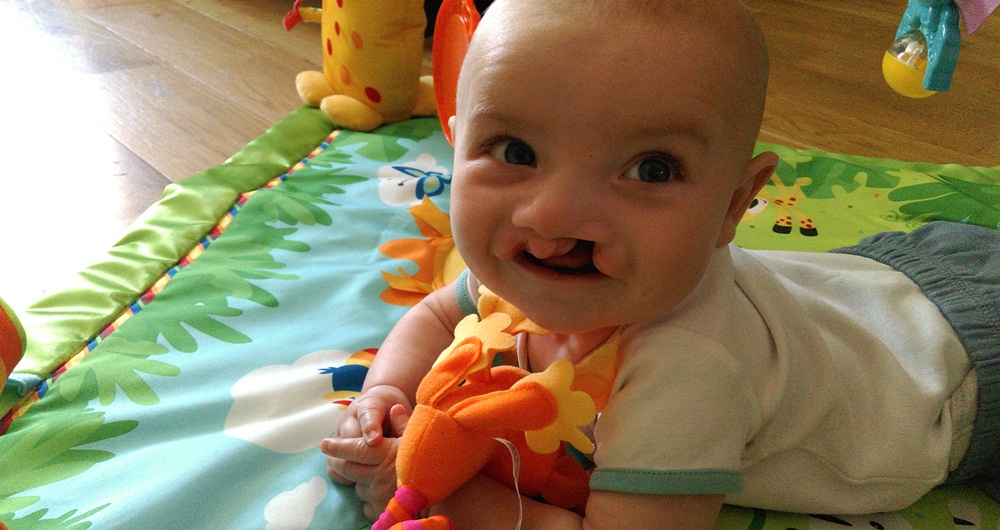
Tagged with:Cleft Lip and Palate
-
Join James on a Kiltwalk this Burns Night
Happy Burns Night! And a big thank you to the record nine walkers from our community north of the border, who’ve signed up for a Kiltwalk to raise funds for CLAPA this year. One of them is James, a senior practitioner at a residential children’s home, who is currently preparing for the 14-mile ‘Big Stroll’ in Glasgow on April 26.
-
Guest Blog: The History of Cleft in Literature
Laura was born with a complete unilateral cleft lip and palate in 1984. She completed a PhD in 2013 which examined oral health in the early modern period and included a chapter focused on the history of cleft lip and palate. She was kind enough to share some of her findings about historical literature which included mentions of cleft in this guest blog.
-
Comics from the Children & Young People’s Council
With the help of comic artist Kev Sutherland, CLAPA's Children and Young People's Council have created a comic book for young people born with a cleft.
-
#MyCleftStory a year on, through the eyes of Casper’s mummy
"What did that mean? Did that mean Casper would need more palate surgery? Did that mean Casper’s speech would still not develop? Again, I was overwhelmed and hit by a pang of too many emotions and my role of mummy being tested." In honour of Awareness Week, Jemma shared with CLAPA her experiences with her son, Casper over the past year.
-
Denise’s Story
All the treatment was being geared up towards the operation to close Kenny’s cleft lip at 3 months of age. Initially, that operation couldn’t come quick enough, but by the time he was 3 months old, I’d grown accustomed to how he looked and was a bit fearful of the change. Our son was a smiley, happy, very content baby. It seemed wrong that he had to go through this.
-
Volunteer Roles
-
How Volunteering Works
-
What is Cleft Lip & Palate?
-
Experiences and support needs of adults born with a cleft lip and/or palate
Individual telephone interviews were conducted with 52 adults with cleft lip and/or palate living in the UK. This research identified three main topic areas: Growing up with a cleft; Living with a cleft as an adult; and Starting a family.
-
CLAPA receives funding from the Schuh Trust
We’ve received £9,934 from the Schuh Trust for our work in the Central region









